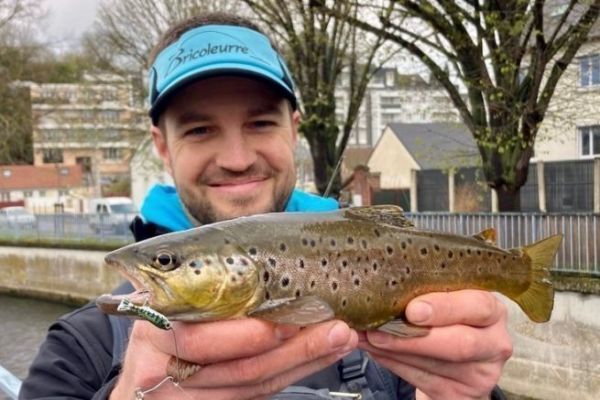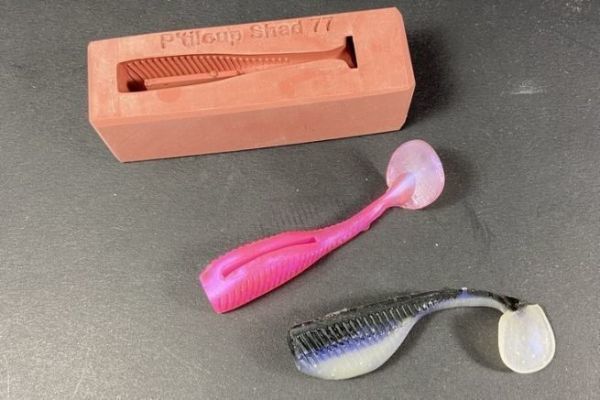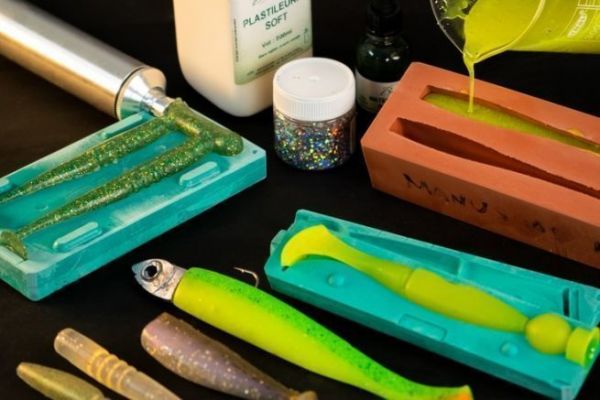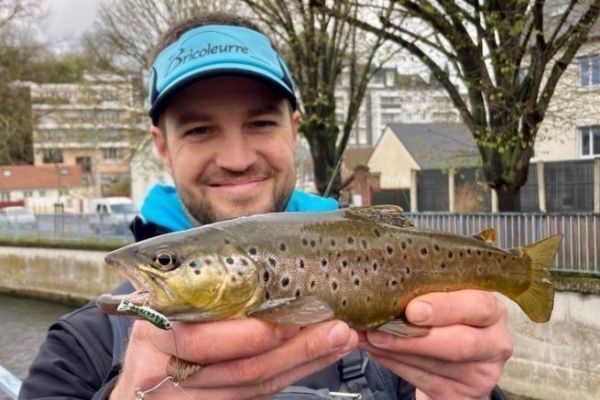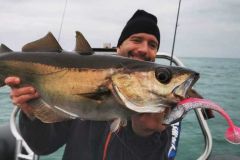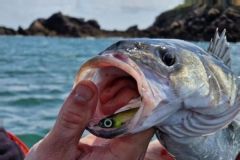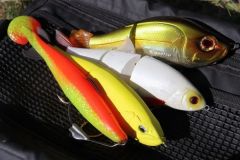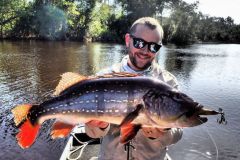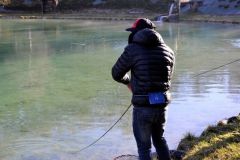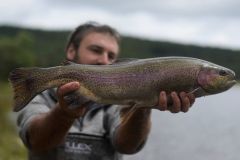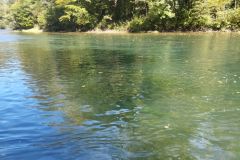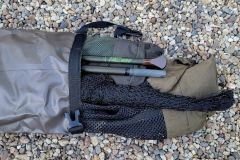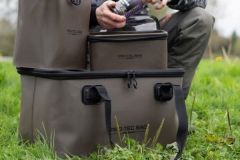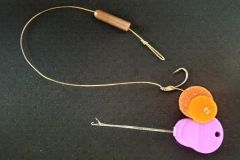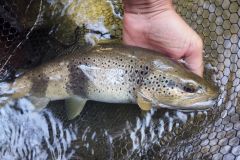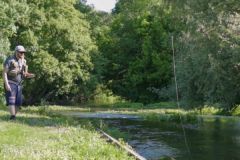Taking maximum pleasure
We're currently in the midst of the winter truce for predator fishing. Most of our playmates reproduce at this time of year, and like us, they like to be quiet at this time of year. So it's a good time to tinker while waiting for the traditional trout opening. Stalking this magnificent salmonid requires us to constantly challenge ourselves.
A few years ago, I met Christophe and Emmanuel, respectively founder and partner of the Bricoleurre company. As lure anglers and epicureans, I was immediately hooked, and they introduced me to the concept of homemade lures. I was amazed at how easy it was to create and manufacture my own lures. So I embarked on my first creations with my faithful sidekick Gillen. Making our first lures opened our minds to the infinite possibilities, with the added advantage of being able to fill our boxes with attractive lures at low cost.
Just as a fly fisherman takes more pleasure in catching a trout with a fly he has rigged, I take more pleasure in luring a trout with a lure I have created! So I'm going to show you how to easily make trout lures to catch more and more fish.
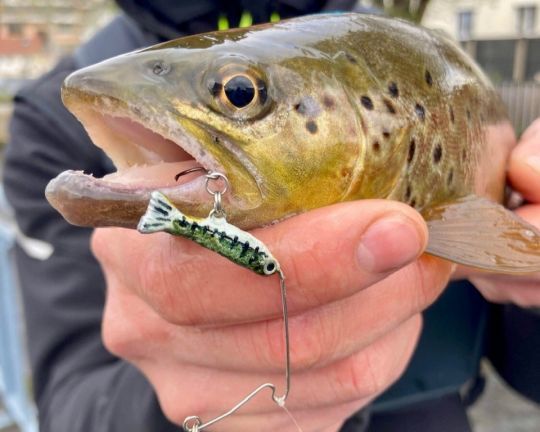
Swimming fish for trout
There are two easy ways to create a trout swimmer. The simplest is to use a decorative lure such as those offered on the Bricoleurre website.
The second is to create a resin lure. To do this, you'll need a mould, which you can create in just a few minutes using Bricopate (link to video on how to use bricopate). For the impression, you can use a lure that you've imagined or that you'd like to reproduce. Once you have your mold, place barrel swivels for the armatures and any weights depending on how you wish to balance it. Then cast your lure in Bricoresin with 10% light mass and you're done.
Once you've chosen your lure, it's up to you to crafter it in the color of your choice. There are several ways to decorate your lure easily and inexpensively. The one I most commonly use consists in gluing a sheet of Bricologram to the lure, then decorating it with alcohol felt-tip pens. To finalize your lure, simply apply one or two coats of Bricoverns before cocking.
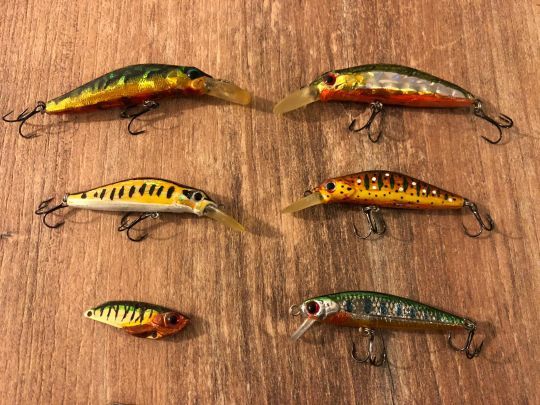
Soft lures
As with swimming fish, there are two options for creating a soft lure. First, you'll need a mold, which you can either buy or create. A large number of molds are available on the Bricoleurre website. For trout, I'm particularly fond of the Manu shad 70 and the martroger shad 50. You can also create your own mold, using an existing lure or one of your own designs.
The easiest way for small sizes is to take a flat-backed form and stick it on the back in an empty compartment of your lure box. Then mix white RTV silicone with 5% catalyst, before pouring it on. Six hours later, your mold is ready. Once you've chosen your mold, for casting your lures couldn't be easier i'll let you watch this video. To cast small soft lures, I recommend using a soft plastileurre to optimize swimming in the current. Realism or color details are sometimes the key to triggering attacks, which is why I often use alcohol markers to refine the colors of my soft lures, sometimes even while fishing.
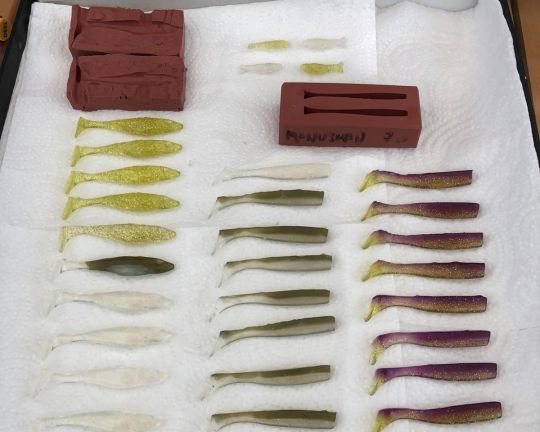
Paddle lures
One of the lures I use most often to track trout is the micro-spinner, a fearsome small-sized lure that allows you to prospect precisely and quickly in different water depths. It's not very selective, but can catch big fish. The drawback is that if you want a good micro-spinner, you often have to pay the price, and the colors you're looking for aren't always available. So I solved the problem by making my own micro-spinners.
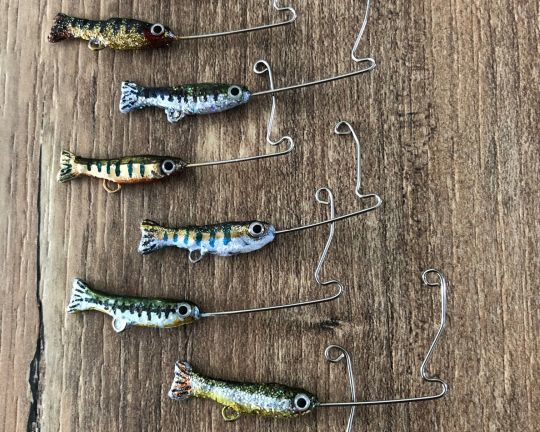
To make it even more realistic, I used a natural fish to make the shape of the last mold I created. This required more steps than making a simple imprint in Bricopate as I usually did, but the result is top-notch and the educated trout of the overfished Normandy runs couldn't resist it. Here are links to three very short videos on the steps involved in creating this micro-spinner.
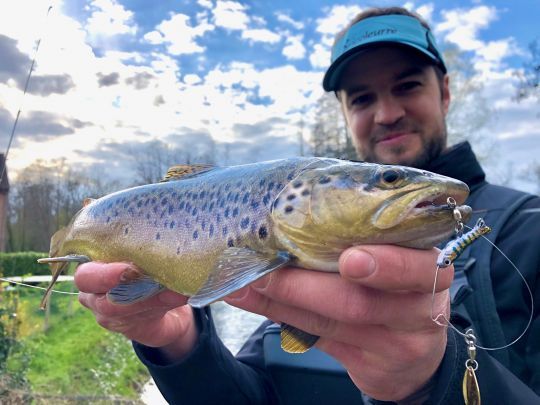
In short, if you want to make the most of this period of calm before the warm weather arrives, take the opportunity to create your first lures without delay. It's accessible to all and economical, as your creations will cost you on average 5 to 10 times less than a commercial lure. Plus the pleasure of catching with your own creations... Until we meet on the water, don't hesitate to contact us if you have any questions.
François BLANCHARD Ambassador Bricoleurre

 /
/ 